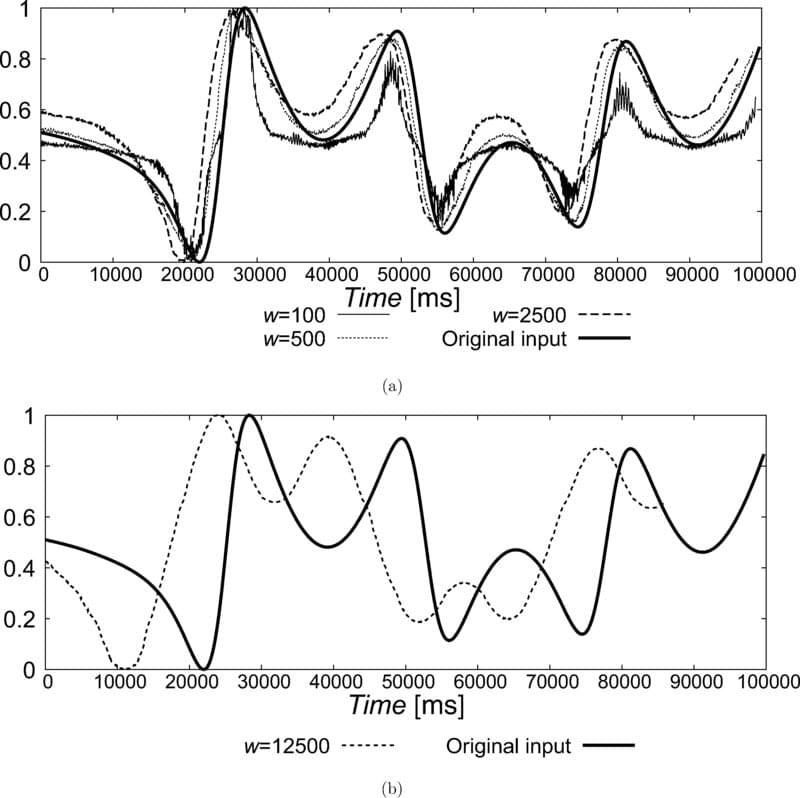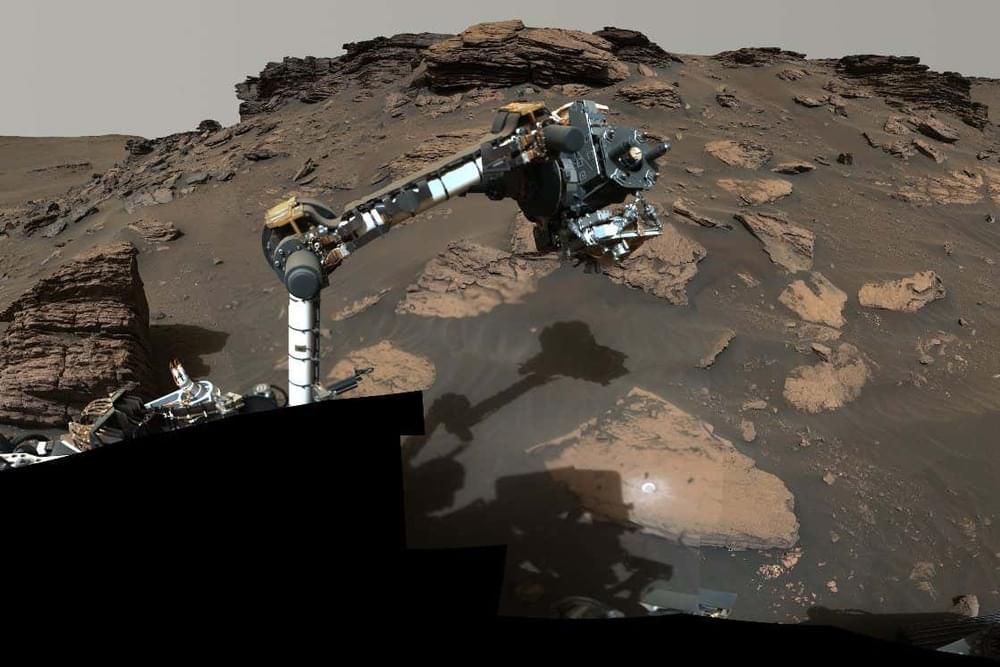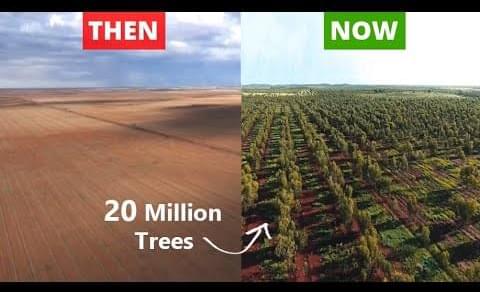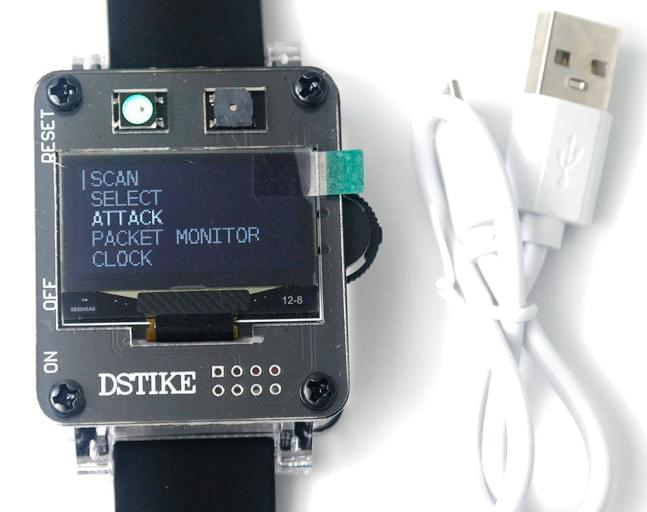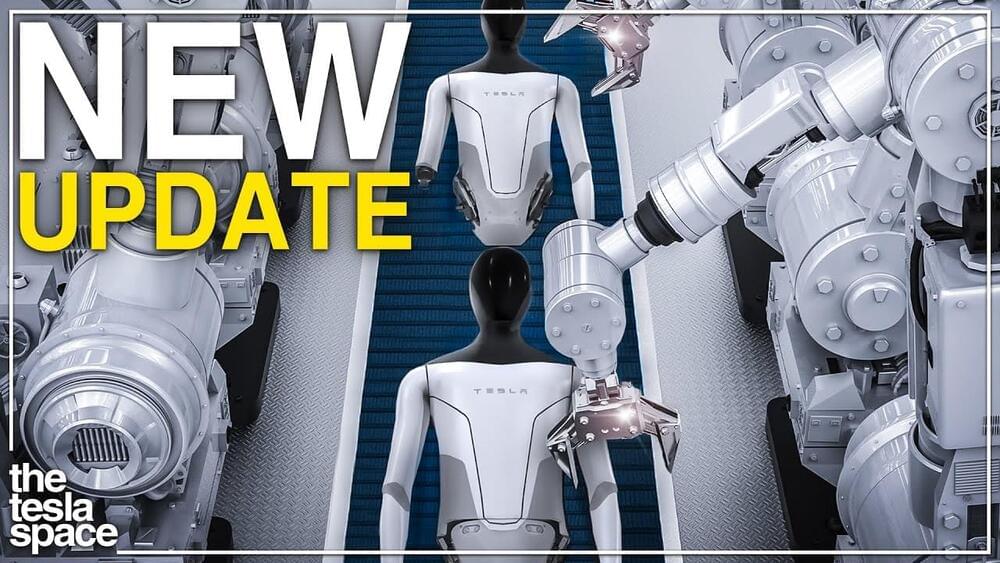The brain is an extremely complex organ whose exact functioning remains difficult to understand. On average, the human brain contains 100 billion neurons that fire upon receiving input signals from multiple sensory organs. But, what is truly remarkable about our brain is the synchronization of this neural firing when triggered by a common input. Put simply, common inputs can generate a collective response in neurons that are not only spatially separated but also have different firing characteristics.
The neural synchronization has been observed before in experiments, and is commonly demonstrated during rest and activities involving tasks. However, the common inputs which produce this are typically unknown in real-world situations. This raises an interesting question: is it possible to reconstruct this input by looking at the output of the neurons?
In a new study published in Physical Review E on September 12, 2022, a team of researchers from Japan, led by Professor Tohru Ikeguchi from Tokyo University of Science (TUS), set out to answer this question. The team, including Associate Professor Ryota Nomura of Waseda University (formerly TUS), and Associate Professor Kantaro Fujiwara of The University of Tokyo, looked at the firing rates of neurons and managed to reconstruct the input signal using a method called “superposed recurrence plot” (SRP).
